I feel small in this landscape. The gravel piles bury my shadow. The dark canyons swallow my sight. And the fish. Oh, the fish. Chinook salmon far bigger than anything that’s ever taken my line, but I’m not here to hook up. I’m just here to look with my lens.
“Fish are such an important part of our heritage,” says Cassi Wood, Trout Unlimited central Idaho project specialist. “Without them, I don’t really think we’re complete.”
I want complete so I quietly crawl up a beaver dam with an underwater camera strapped to a melon-sized stone. I drop the rock cam in the river behind the dam and lay low on my belly waiting unseen for the wild to approach. Eventually, a Chinook salmon slowly swerves its way into the watering hole sporting a bruised snout and threadbare fins. The badges of a brutal 850-mile journey from the ocean to Idaho to spawn. The decaying, yet defensive fish hovers over its redd protecting new life while on its death bed. Adults die when they’re done spawning.
“Their eggs hatch in the spring and the juveniles grow up for a time here in the Yankee Fork before they migrate to the ocean,” Wood says. “They’re really only spending a part of their life in the Yankee Fork, but it’s a critical part of their life and they need quality habitat in order to survive their migration.”
Wood is hiding alongside me. We’ve spent three days documenting the Salmon River’s Yankee Fork for an upcoming film. Chinook came in droves before the area’s historic gold rush seven decades ago. They’re slowly trickling back long after metal mayhem overturned its last stone. That’s what all the gravel piles are about. The Yankee Fork gold dredge ripped the river’s guts from the inside out in search of precious metal. The rock it spit in the process is piled for miles. Old mining towns and wood mills still mark the land too. The age of resource extraction and Western expansion on raw display.
“It’s amazing to me the amount of work and effort the first prospectors, homesteaders and miners put in to developing areas in this country when they first came here,” Wood says.

The historic upheaval is long passed, but the Yankee Fork hasn’t recovered. It looks as if the stalled dredge will start churning earth again any day now. But it won’t. A shift in resource priorities has the wild winning this watersehd once again. Multiple agencies and organizations are gradually rolling out the river’s restored welcome mat for fish and wildlife.
“Certainly fish is one of the big reasons we’re engaged in this effort, but really what were doing is restoring a watershed,” says Bart Gamett, U.S. Forest Service fish biologist. “That means clean water. It means a better place for people to come and recreate and overall a healthier system that we’ll leave to future generations.”

Major projects over the last few years have improved the watershed to the point of notice and that’s why I’m laying on a beaver dam watching a rotting fish reign over its redd. Proof of turn around in a cold-water fishery that was once, and will be again, a hotbed for Chinook salmon programmed to make it here no matter how many miles, or metals, are in their way.
“Salmon and steelhead still come back to the Yankee Fork every year,” Wood says. “It’s not nearly the numbers that used to return to the Yankee Fork, but that doesn’t mean there isn’t hope.”




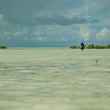
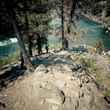
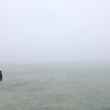

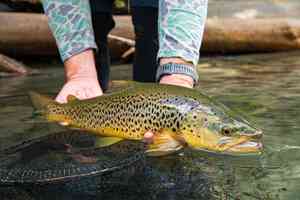


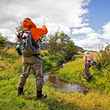
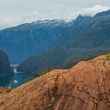


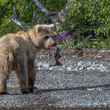
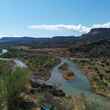


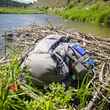




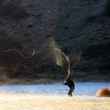
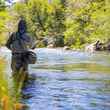
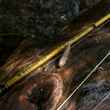
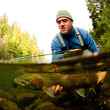
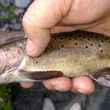
Comments